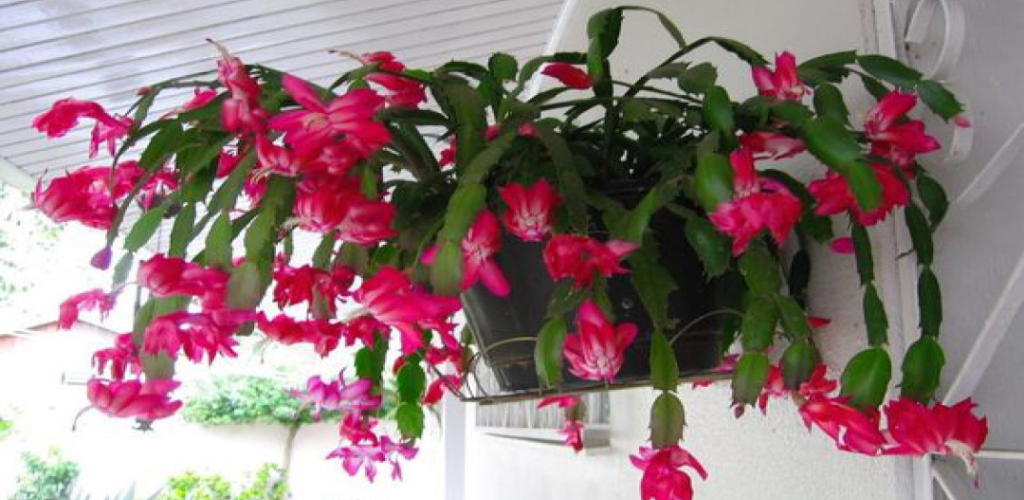Christmas Cactus: Here’s How to Grow and Care for It So It Lasts a Long Time
How to grow and care for the Christmas cactus, one of the most popular winter plants, so that it can continue to thrive after the holiday season.
During the upcoming holiday season, you may receive a Christmas cactus as a gift. You will have to take care of it so that it can survive without problems and keep you company for a long time with its beautiful and colorful flowers, which can brighten up any room.
First of all, you should know that the Christmas cactus is a plant species native to Brazil, botanically called Schlumbergera and belonging to the Cactaceae family, which usually grows in tropical forests. It is a plant that prefers shade and humidity. For this reason, the interior environment of our homes in winter, with the heating on, becomes an ideal climate for lush growth.
Christmas Cactus
- When does the Christmas cactus bloom?
The Cacraceae can have different flowering periods, but what characterizes the Christmas cactus is the fact that its flowers bloom just as the end-of-year holidays approach, hence the name of this wild plant from Brazil and other regions of Latin America that was imported to Europe as a houseplant.
You can admire the flowers of the Christmas cactus between December and January. Their colors can range from pink to red and from purple to red-purple. To ensure that the flower buds do not fade before they bloom, the Christmas cactus must be carefully kept away from drafts and heat sources. The Christmas cactus should therefore not be placed near a door that is frequently opened or too close to a fireplace, stove or radiator.
- Where to place it?
The ideal temperature for the indoor Christmas cactus is 20°C. To prolong the flowering of the cactus during the winter period, you should place it in a bright room. Later in the summer, the Christmas cactus can be placed outside, in a partially shaded position, so that excessive exposure to direct sunlight does not cause leaf burn. In autumn, from the beginning of September, the plant can be moved indoors. The reduction in daylight hours and its exposure to the sun mean that its flowering can be delayed until the Christmas period.
One of the perfect locations to keep the Christmas cactus in your home in December and January is the inside windowsill, so that the flowers can take advantage of the daylight to bloom during the winter.
The elevated position of the plant is essential if you have pets such as dogs or cats. Ingesting some parts of the plant can cause diarrhea or vomiting in pets. It is therefore necessary to place it in such a way that pets cannot easily reach it. In case of problems, the veterinarian should be consulted immediately.
- When to water the Christmas cactus?
The Christmas cactus is native to the tropical forests of South America and therefore prefers a humid climate. It is therefore necessary to pay particular attention to watering, both in summer and winter. In winter, it must be watered regularly, little by little, avoiding the saucer becoming soaked with water, but keeping the soil moist. In summer, the same procedure is followed, with the possibility of spraying a little water on the leaves using a sprayer. In summer, the best time to water the Christmas cactus, which needs small amounts of water at a time, is in the evening. In particularly dry climates, try to keep it in a room with a small humidifier or other plants.
It is important to avoid water stagnation and to water regularly but not excessively, especially during flowering. Overwatering can cause root rot, which can lead to the death of the plant. This rot can also be caused by a fungus, unfortunately not visible from the outside until the first damage appears. The flowering of the plant can sometimes last from December to February. In any case, once flowering is over, watering can be reduced. During the entire life of the plant, watering should only be done when the soil appears dry on the surface. It may be sufficient to water only once or twice a week in winter.
The Christmas cactus likes soils with an acidic pH and, if possible, containing peat. It is optional to use natural fertilizers during the flowering period in order to ensure the nutrition of the plant. Fertilization should be stopped when the flowers fall. If you want to fertilize, it is best to do so
